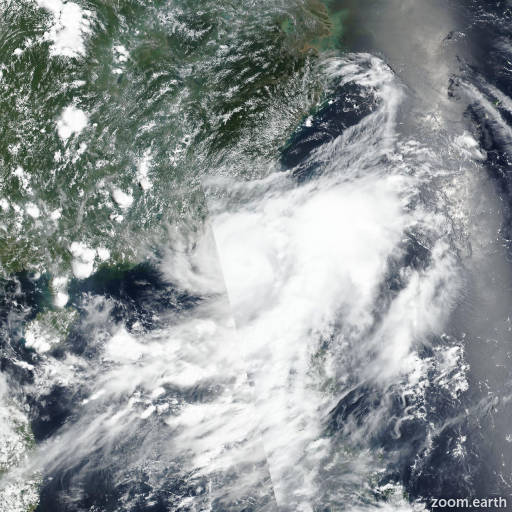Typhoon Danas (Bising) 2025
Last Modified:

Satellite images, weather maps and tracks of Typhoon Danas 2025, 4 - 11 July. Max wind speed 165km/h.
Click on the map to add points. Double‑click to finish.
Tap on the map to add points.
Last Modified:

Satellite images, weather maps and tracks of Typhoon Danas 2025, 4 - 11 July. Max wind speed 165km/h.